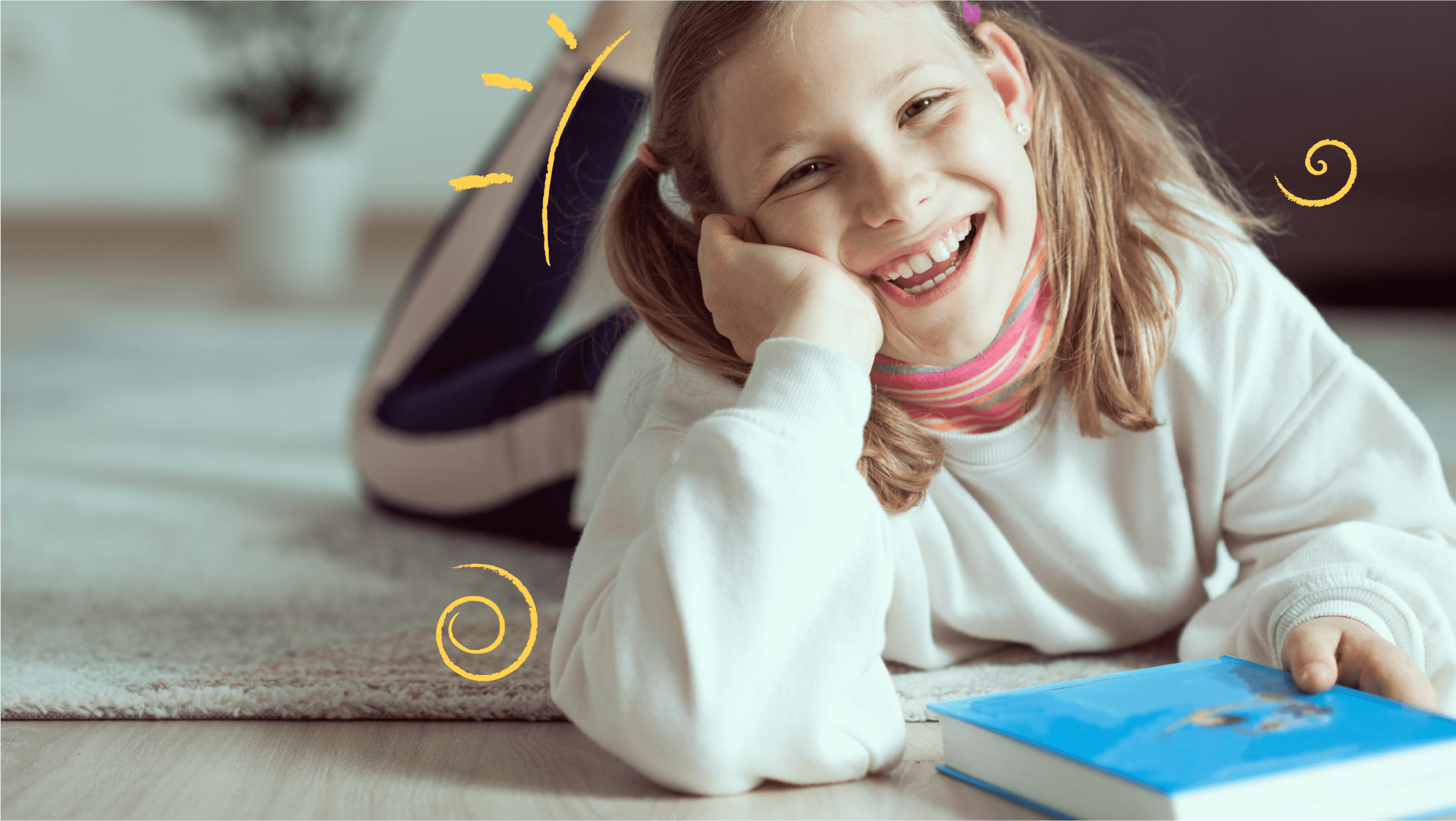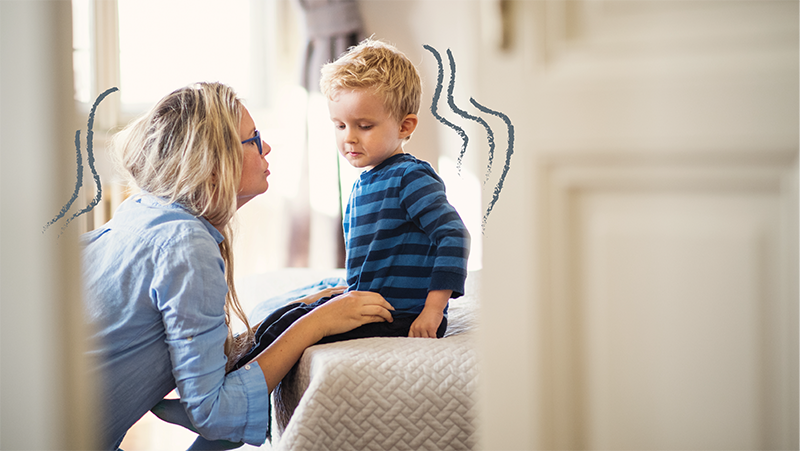Treatment, interventions, and specialized education are all important components of supporting a child with behavioral or mental health needs, but there’s a powerful component of therapy and learning that can’t be overlooked.
Play!
Play-based Cognitive Behavioral Therapy may be one of the most effective approaches to treating children with mental health concerns. But what does that mean exactly – Play? Cognitive? Behavioral? Let’s break it down.
Cognitive Behavioral Therapy (CBT) is a well-researched, evidence-based talk therapy approach that looks at how a person’s thoughts, emotions, and behaviors are connected and influenced by their surroundings. CBT aims to replace unwanted thought and behavioral patterns with more positive and constructive ways of thinking and acting. This form of therapy is effective because it provides the patient with tools and strategies they can apply continuously and to a variety of triggering situations. It has been shown to be successful for a variety of disorders and conditions in children and adolescents such as depression, generalized anxiety disorder, OCD, PTSD, and conduct problems.
What do you get when you mix Cognitive Behavior Therapy with a play-based approach?
Results! A major component of CBT is learning: learning to identify feelings, learning to connect emotions, thoughts, and behaviors, and learning strategies to replace unwanted behaviors with positive ones. An ever-growing amount of evidence supports that idea that learning through play is the best way to learn. Play and CBT go hand-in-hand to help children learn about their emotions and regulate their behaviors.
Play leads to deeper learning. Let’s discuss the difference between surface learning and deeper learning. A child can learn addition and understand the concept that, for example, 2+2=4. But this information may not be very meaningful until they start adding up money to buy a toy or adding ingredients to help bake a treat. Applying concepts to relatable experiences creates a deeper understanding of that idea, which also encourages children to apply those learnings to other interactions and experiences, without being told! Embedding therapeutic lessons into stories or scenarios can help children gain a deeper understanding of the skills they are learning.
Additionally, an important component to deeper learning is application. It’s important for children to try out what they’re learning, experience success and failure, and try again. As children experiment, their brains increasingly activate networks related to flexible thinking, creativity, and seeing different perspectives. This practice of iterating knowledge leads to greater critical thinking and reasoning, skills that are crucial to social-emotional regulation. Play-based CBT can provide a safe space for children to practice the strategies they learn without fear of failure.
Play is engaging. A traditional talk therapy session could be challenging for any child, particularly a child who is neurodivergent or has a mental health disorder. In order for a child to make important social-emotional connections and learn new tools for regulation, they need to be engaged and focused. A child’s mind is often most ready to take in new information and make critical connections when they are playing.
Furthermore, when a child is engaged in play, they experience joy. While this may seem trivial in the discussion of learning and therapy, joy enhances memory, attention, mental flexibility, creativity, and motivation. Active play strengthens memory processes that support learning, activating brain networks responsible for skills like self-control and focus, which in effect help children learn regulation strategies, be able to recall those strategies, and effectively apply them to real-life experiences.
So what does Play-based CBT look like?
We’ve learned that CBT and play are both highly effective in supporting children, and together, they create a powerful therapeutic approach. But you may be wondering what it actually looks like to incorporate play into CBT.
One way CBT takes a play-based approach is by using fun, developmentally appropriate stories and characters to explore emotions and discuss scenarios. Additionally, play-based CBT could include using puppets to role-play a newly learning strategy or using art to desensitize a triggering emotion or situation. Games can be used to teach patience, problem-solving, and cooperation.
Mightier uses CBT-based interventions and playful learning to teach kids strategies for regulating their emotions. While using Mightier, kids wear a heart sensor that allows them to visualize their feelings on the screen, helping them recognize emotional and physiological changes. When children become dysregulated, the program uses active, visual, game-based strategies to teach kids how to return to a calm state. Mightier has over 25 games complete with exciting visuals and fun characters for kids to play and practice calming skills. In addition to the game, Mightier has a variety of fun-filled activities and printables to help children keep learning while playing.
To learn more about Mightier’s at-home, family-centered programming, visit www.mightier.com
About the author
Tasha McKinney, M.Ed. brings over eight years of experience in education. After four years of teaching outdoor education programs, she pursued a Master’s in Early Childhood Special Education at the University of Texas. Since then, she has worked both in classroom settings and EdTech companies, where she develops content and curriculum for students and teachers. Tasha is passionate about inclusive, creative lessons and activities that resonate with learners of all backgrounds and abilities.
















